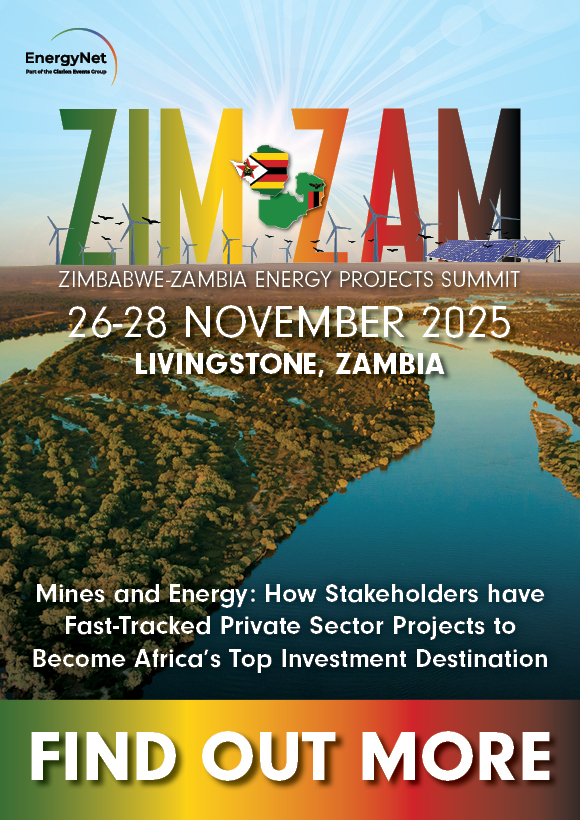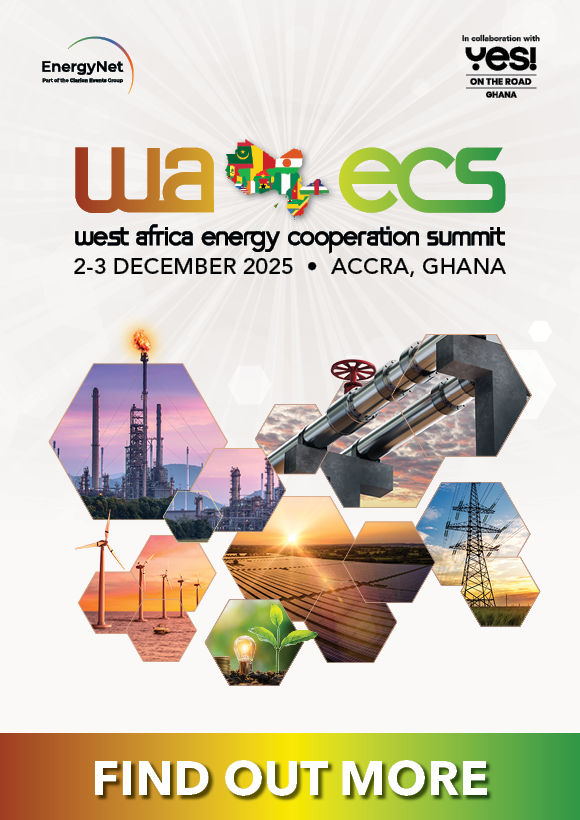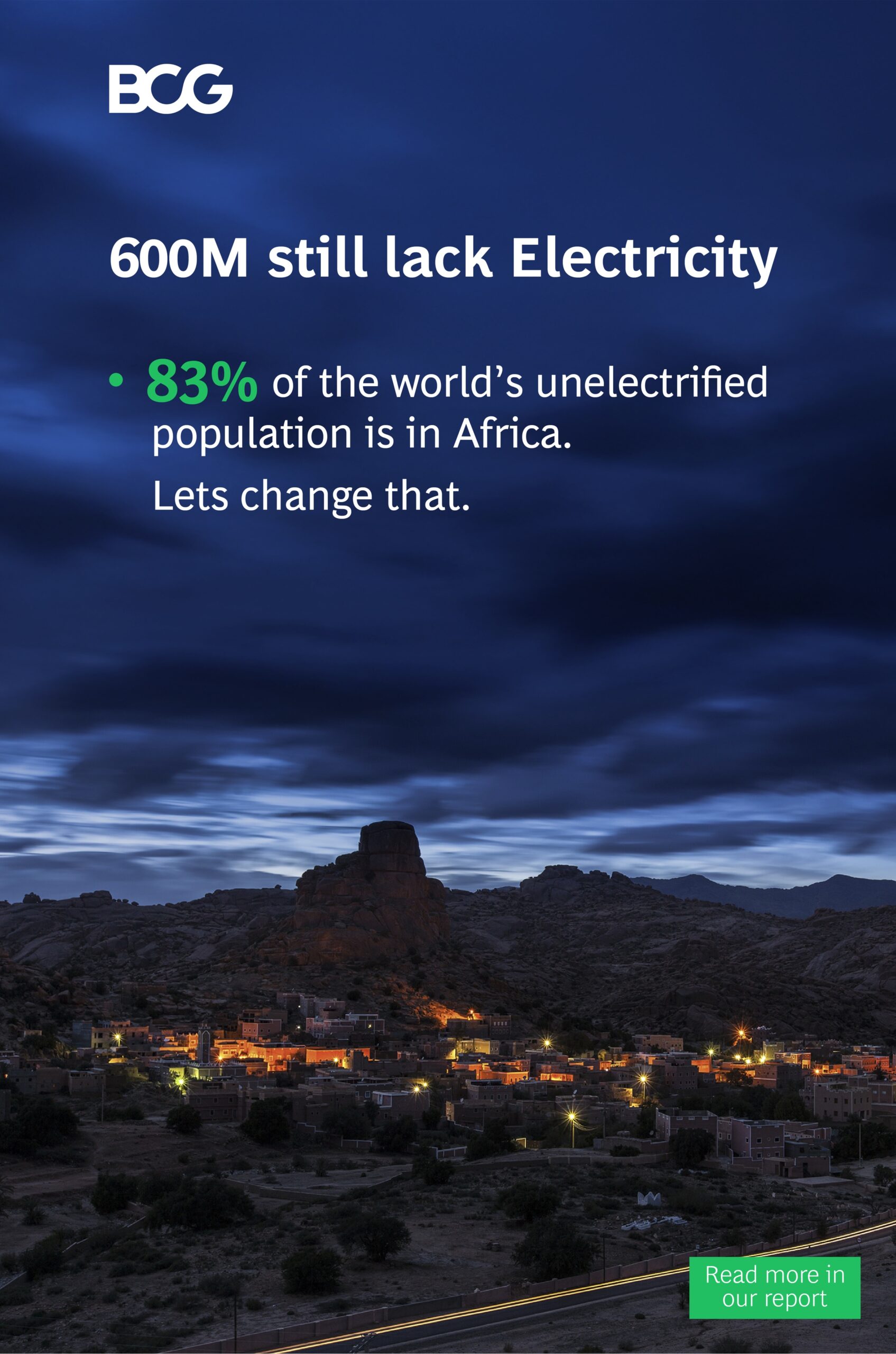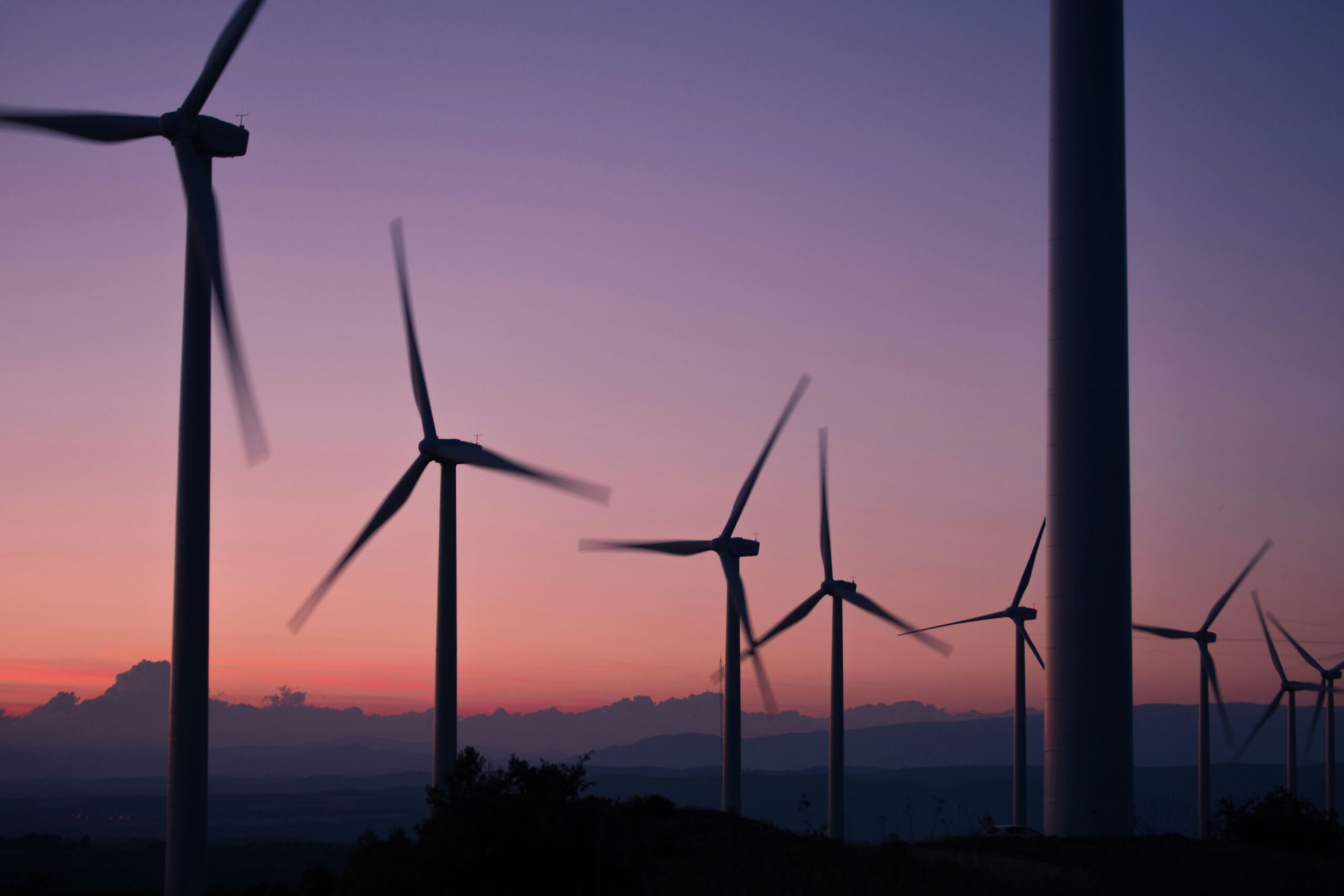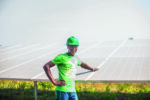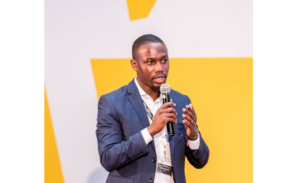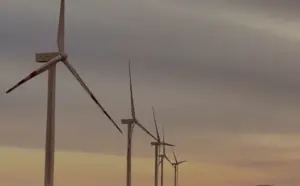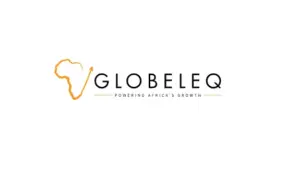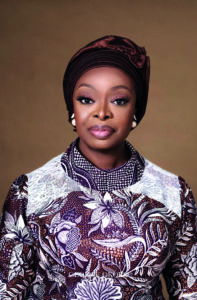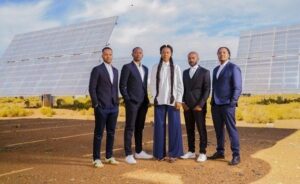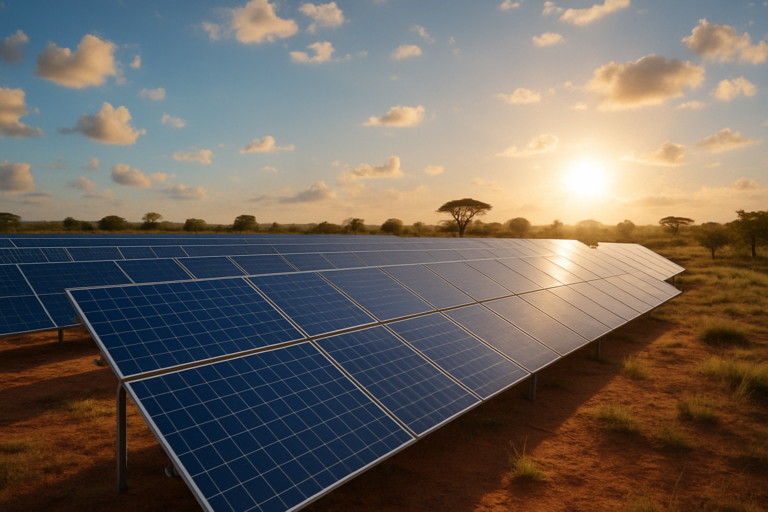
Scaling up or scaling back?
Achieving the best funding model for renewable energy schemes is proving a challenge, but patience will be key, writes James Gavin
When the World Bank’s Scaling Solar iniative was recently called “a victim of its own success”, the response from the Bank’s private sector arm, the International Finance Corporation (IFC) was suitably pithy. A letter from the IFC published on 22 May said that the comment was accurate on one count: it was a success.
The IFC was minded to hit back after former investment analyst Teal Emery, writing on the Energy for Growth Hub, accused Scaling Solar of sending inaccurate price signals and undermining market growth in Africa.
That criticism focused on Zambia, the first country to sign up for the Scaling Solar Programme, which aimed to be a one-stop shop for African governments seeking to build solar capacity.
Emery’s key charge was that Scaling Solar itself did not scale and that although thoughtfully designed, only three countries had completed projects under the programme (in addition to Zambia, solar projects were built in Senegal and Uzbekistan).
More broadly, he said, the initiative did not fulfil its grand vision of providing a demonstration model that could be replicated widely. Nor did it scale the broader solar market it was intended to catalyse.
Despite falling prices and rapid global expansion, sub-Saharan Africa remains a laggard, in Teal’s words. In evidence, there is the fact that in a region of over 1 billion people, only one third of the solar capacity of South Africa (population 62 million) has been built to date.
The criticism has found wider echoes. The Center for Global Development has noted that the Zambia project – which involved $24.5m in private equity investment, $81.5m in development finance institution debt financing and an International Development Association (IDA) guarantee of $5.7m – in effect took more than $3.50 of public international finance to bring in each dollar of private finance. That, it said, helped explain why the Zambian experience was proving so hard to replicate.
The conundrum here is clear. Getting Africa to boost energy through renewable means is proving an expensive process.
The IFC’s defence is that such projects are still worth doing in terms of achieving the necessary hard yards. Scaling Solar is helping provide over 1GW of clean, affordable solar energy in eight of the world’s poorest countries, an achievement that was near inconceivable at the dawn of the project, said the IFC. It is a tool that has worked again and again, noted its head of media Adam Hodge.
The World Bank project’s defenders argue that it was developed precisely due to the slow progress of solar photovoltaic projects in sub-Saharan Africa, despite the region’s huge potential. Most utilities in Africa could not have afforded the 12-15+ cents/kWh tariffs that were the norm pre-Scaling Solar.
The issue of how best to finance major solar projects will continue to resonate in Africa, given the importance of evolving mechanisms that facilitate an optimal mix of financing for renewable energy schemes.
The challenge is particularly acute in a global context where investment in solar is expected to outpace hydrocarbons. According to the International Energy Agency’s World Energy Investment report 2023, this year, low-emissions power is expected to account for almost 90% of total investment in electricity generation. Solar is the star performer and more than $1bn a day is expected to go into solar investments in 2023 ($380bn for the year as a whole), edging this spending above that in upstream oil for the first time.
As the IFC argues, solar PV can now deliver power less expensively and with more long-term price certainty, than fossil fuel-based power.
The question then is why schemes like Scaling Solar are not being taken up beyond the likes of Zambia and Senegal. The IFC’s view is simple. It argues that it is an effective tool and available to any country that wants to pick it up and use it.
The most effective financing model for renewable energy remains a work in progress. But the reality is the more projects there are, the more commercial and DFI-led financing arrangements come into place, the more likely it is that viable financing structures will eventually make headway and help build up that much-needed renewable capacity.


